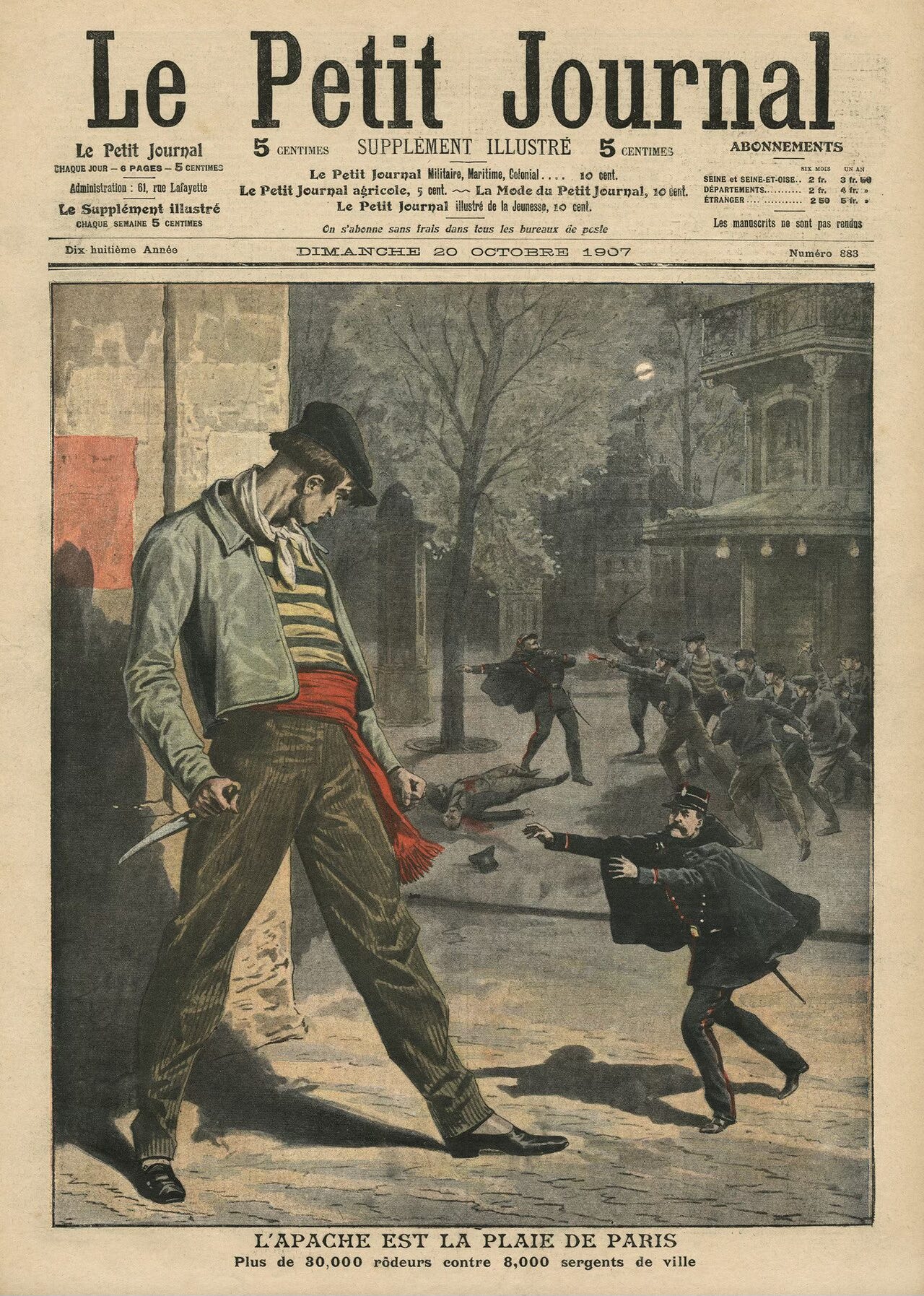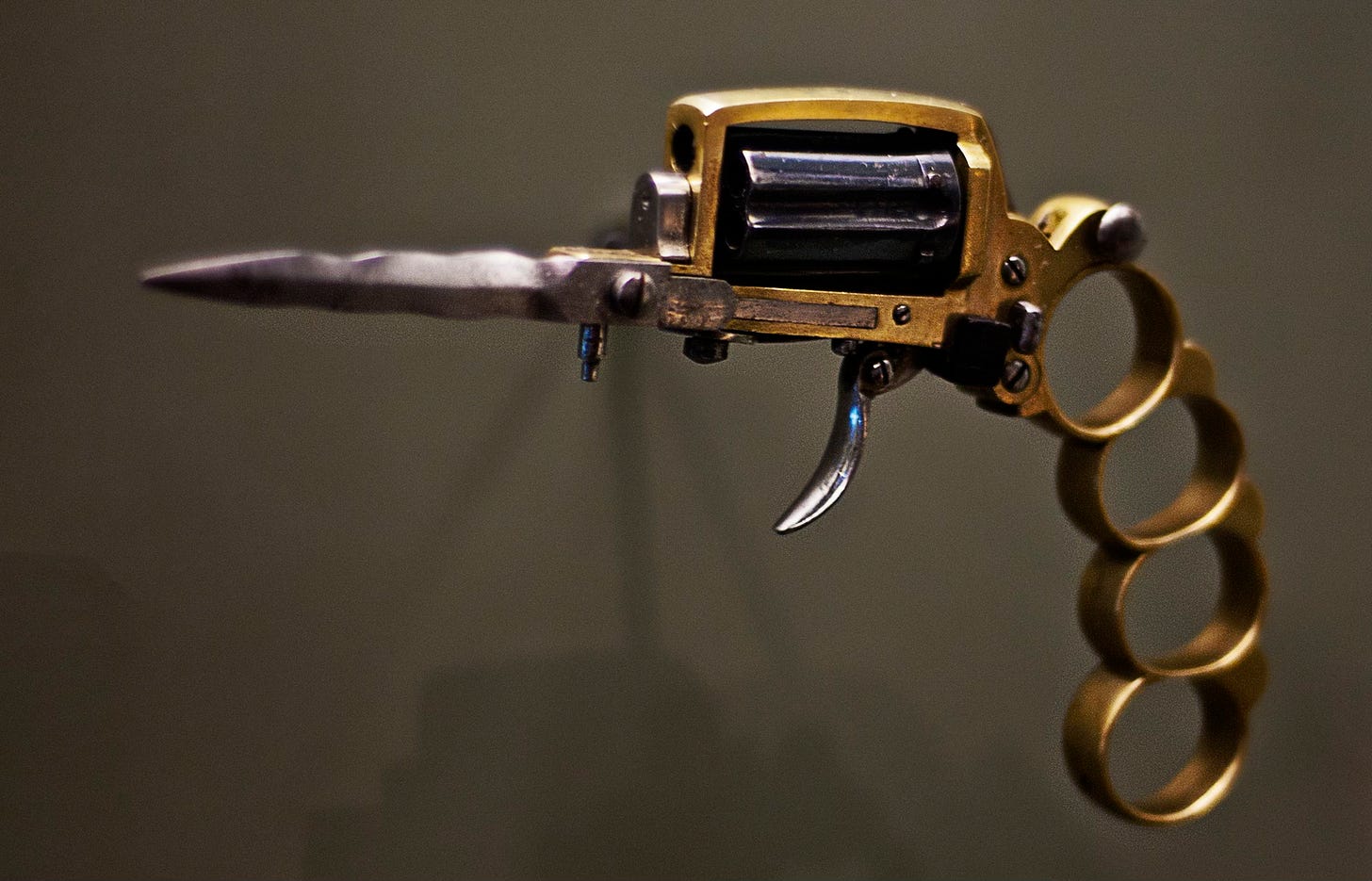And the partner on my right hand was an apache from Montmartre; On my left there was a millionaire from Pittsburg, U. S. A. (Poor fellow! They collected him in bits the other day.) — The Man from Athabaska, Robert W. Service
Now booking small, private tours of Paris!
Contact me at paristravelguide@yahoo.com

In my hippie days, when I was learning to play acoustic guitar, I picked up a 1971 album by Country Joe McDonald called, “War, War, War”. McDonald took the poems of Robert W. Service and set to them to music. Service was a turn of the century poet from Canada. His poems generally centered on two topics: the Alaska/Yukon territories, and World War I.
Service wandered far and wide before ending up in Vancouver, BC and then on to the Yukon Territory, where his poetry developed and found an audience, with tales of saloon brawls and gold rush fever especially popular.
But, soon he was called to another exotic locale: Paris, France where he lived for 15 years, mostly in the Latin Quarter, posing as a painter. He married a Parisienne woman and they had two daughters.
Forty years old when World War I broke out, he tried to enlist, but was turned down, so he covered the war for a newspaper until he was arrested and nearly executed in an outbreak of spy hysteria. He then worked as a stretcher bearer and ambulance driver with the Ambulance Corps of the American Red Cross, until his health broke.
Convalescing in Paris, he wrote a new book of mainly war poetry, Rhymes of a Red Cross Man, in 1916, and dedicated it to the memory his brother, Lieutenant Albert Service, Canadian Infantry, Killed in Action, France, August 1916. Service received three medals for his war service: 1914–15 Star, British War Medal and the Victory Medal.
Consider becoming a paid subscriber to support my work to bring the history and mystery of Paris to you. It’s only $6 a month or $48 for a year. Founding members never have to contribute again, for only $140. Thank you for reading and for supporting.
— Johnny
One of Service’s poems Country Joe set to music was entitled “The Man From Athabaska”. I loved this song, learning how to play it from off the record.
Recently, I was re-learning it. Unsure of some of the words, I looked up the poem. One line held a Paris History and Mystery:
And the partner on my right hand was an apache from Montmartre.
I had to learn what that meant, and what I found was fascinating.

Les Apaches were a violent criminal subculture in Paris during the era known as la Belle Époque. They were not an organized gang, but the label generally applied to the hooligans, muggers, street gangs and other criminals who roamed Paris and especially Montmartre in the late 1800 and early 1900’s.
Soon, their notoriety spread all over Europe and beyond. The name came from mythical stories from the American West and the belief that the Apache tribe was particularly savage and dangerous. The name is of course, inaccurate as well as insulting to Native Americans, but it stuck for the French people of that era.One gang leader who was nicknamed Terreur (Terror), when he heard that his band was being compared to the Apaches was so pleased that he began calling his gang the "Apaches of Belleville".
An article, in La Charente published in July 1900, gives an account of the street thug’s ways of terrorizing Paris in those days:
THE BELLEVILLE SAVAGES
For some time, dangerous prowlers, known… under the name of the “Apaches”, have been spreading terror on the outer boulevards and chiefly on the boulevard of Belleville which they systematically bleed as soon as the sun sets. Several of those criminals, recognisable by the wide black belt that they wear round the waist, were captured by Mr Girard, police superintendent. Unfortunately a certain number of them have so far managed to escape.
The Apaches made their way into popular culture, as evidenced by their mention in Robert W. Service’s poem. Elements of the Apache "style" became influential in popular culture. There was an Apache dance and an Apache shirt. Apache symbols like the bright red sash worn about the waist (as seen in the picture, above) were fashionable for a time. People took classes in "la langue verte", the slang that was spoken by Apache gangsters.
Les Vampires is a 7-hour silent film (1915–1916) set in Paris, about a bizarre underground Apaches criminal gang, known as the Vampires.
A violent dance became all the rage, as evidenced in this very early video from 1902:
The media-induced frenzy for sensationalist Apache-headlines inspired a number of artists and composers. They got together and created the Société des Apaches in 1900, which included composers Igor Stravinsky and Maurice Ravel. Although Claude Debussy was never part of the group, his music was central to Les Apaches. They greatly admired his work and when he received unfavorable reviews, they reacted strongly.
The Apaches — both criminal and artistic — faded into near obscurity during World War I. Many of the thugs and hooligans were swept up in the war, and many died.
Robert W. Service’s mention of the Apache from Montmartre is a bit of an homage to a now-all-but-forgotten piece of Paris Histories and Mysteries.
Bonne Journée
Johnny
Book your Paris tour, based on my book, Paris Histories and Mysteries.
Venmo @John-Paris-36
PayPal @JohnFrederick546
IG: @johnnyparis10
Live the Life of Your Dreams with my book, Prosperity Now! Personal/small group life-coaching prosperitynowlifeofdreams@yahoo.comI Ching readingsDream interpretation
My EP Paris Cowboy is available on Apple iTunes, Spotify, Napster, and many other music streaming appsOrder autographed CD’s johnny@johnafrederick.com
Paris Cowboy
Johnny Frederick · Ep · 2023 · 6 songs.
A Course in Miracles guidance prosperitynowlifeofdreams@yahoo.com
Sign up on my website:
http://www.johnafrederick.com
Substack: Paris and Prosperity Now!
YouTube channel: @johnnyfrederick01





Fascinating read!